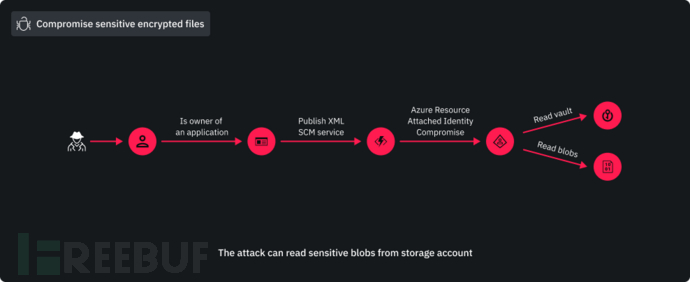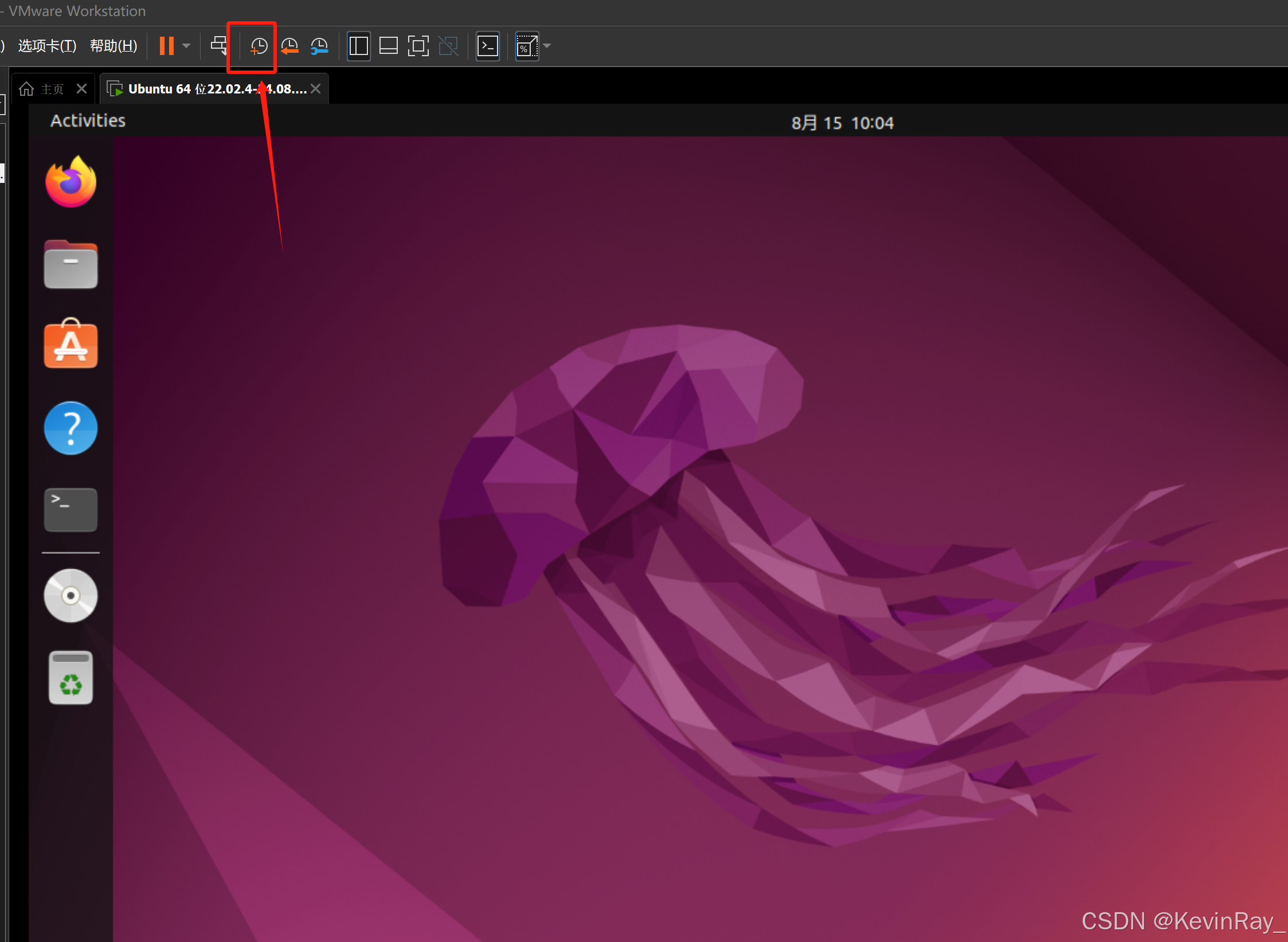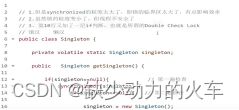SpringAMQP
SpringAMQP是基于RabbitMQ封装的一套模板,并且还利用SpringBoot对其实现了自动装配。
SpringAmqp的官方地址:https://spring.io/projects/spring-amqp
SpringAMQP提供了三个功能:
- 自动声明队列、交换机及其绑定关系
- 基于注解的监听模式,异步接收消息
- 封装了RabbitTemplate工具,用于发送消息
1.Basic Queue 简单队列模型
1.1引入依赖
<!--AMQP依赖,包含RabbitMQ-->
<dependency><groupId>org.springframework.boot</groupId><artifactId>spring-boot-starter-amqp</artifactId>
</dependency>
1.2消息发送
在publisher服务的application.yml中添加配置
spring:rabbitmq:host: 192.168.150.101 # 主机名port: 5672 # 端口virtual-host: / # 虚拟主机username: haojiale # 用户名password: 123321 # 密码
在publisher服务中编写测试类,并利用RabbitTemplate实现消息发送
package com.example.mq.spring;import org.junit.Test;
import org.junit.runner.RunWith;
import org.springframework.amqp.rabbit.core.RabbitTemplate;
import org.springframework.beans.factory.annotation.Autowired;
import org.springframework.boot.test.context.SpringBootTest;
import org.springframework.test.context.junit4.SpringRunner;@RunWith(SpringRunner.class)
@SpringBootTest
public class SpringAmqpTest {@Autowiredprivate RabbitTemplate rabbitTemplate;@Testpublic void testSimpleQueue() {// 队列名称String queueName = "simple.queue";// 消息String message = "hello, spring amqp!";// 发送消息rabbitTemplate.convertAndSend(queueName, message);}
}
1.3消息接收
在consumer服务的application.yml中添加的配置内容同消息发送一样
在consumer服务中编写监听器,消费消息
package com.example.mq.listener;import org.springframework.amqp.rabbit.annotation.RabbitListener;
import org.springframework.stereotype.Component;@Component
public class SpringRabbitListener {@RabbitListener(queues = "simple.queue")public void listenSimpleQueueMessage(String msg) throws InterruptedException {System.out.println("spring 消费者接收到消息:【" + msg + "】");}
}
2.WorkQueue
WorkQueue也被称为任务模型。就是让多个消费者绑定到一个队列,共同消费队列中的消息

当消息处理比较耗时的时候,可能生产消息的速度远远大于消息的消费速度,消息就会堆积越来越多,无法及时处理,使用work模型,多个消费者共同处理消息提升消费速度
2.1消息发送
循环发送消息,模拟大量消息堆积现象
在publisher服务中添加一个测试方法:
/*** workQueue* 向队列中不停发送消息,模拟消息堆积。*/
@Test
public void testWorkQueue() throws InterruptedException {// 队列名称String queueName = "simple.queue";// 消息String message = "hello, message_";for (int i = 0; i < 50; i++) {// 发送消息rabbitTemplate.convertAndSend(queueName, message + i);Thread.sleep(20);}
}
2.2消息接收
模拟多个消费者绑定同一个队列,在consumer服务中添加2个新的方法:
@RabbitListener(queues = "simple.queue")
public void listenWorkQueue1(String msg) throws InterruptedException {System.out.println("消费者1接收到消息:【" + msg + "】" + LocalTime.now());Thread.sleep(20);
}@RabbitListener(queues = "simple.queue")
public void listenWorkQueue2(String msg) throws InterruptedException {System.err.println("消费者2........接收到消息:【" + msg + "】" + LocalTime.now());Thread.sleep(200);
}
执行测试方法结果是消费者1很快处理完了自己的25条消息,消费者2却在缓慢处理自己的25条消息,也就是说消息是平均分配给每个消费者,并没有考虑到消费者的处理能力是存在问题的。
解决
修改consumer服务的application.yml文件配置,通过设置prefetch来控制消费者预取的消息数量
spring:rabbitmq:listener:simple:prefetch: 1 # 每次只能获取一条消息,处理完成才能获取下一个消息
3.发布/订阅
发布订阅的模型图如图:

Exchange只负责转发消息,不具备存储消息的能力,因此如果没有任何队列与Exchange绑定,或者没有符合路由规则的队列,那么消息会丢失!
3.1 Fanout

3.1.1声明队列和交换机

在consumer服务中声明队列和交换机
package com.example.mq.config;import org.springframework.amqp.core.Binding;
import org.springframework.amqp.core.BindingBuilder;
import org.springframework.amqp.core.FanoutExchange;
import org.springframework.amqp.core.Queue;
import org.springframework.context.annotation.Bean;
import org.springframework.context.annotation.Configuration;@Configuration
public class FanoutConfig {/*** 声明交换机* @return Fanout类型交换机*/@Beanpublic FanoutExchange fanoutExchange(){return new FanoutExchange("example.fanout");}/*** 第1个队列*/@Beanpublic Queue fanoutQueue1(){return new Queue("fanout.queue1");}/*** 绑定队列和交换机*/@Beanpublic Binding bindingQueue1(Queue fanoutQueue1, FanoutExchange fanoutExchange){return BindingBuilder.bind(fanoutQueue1).to(fanoutExchange);}/*** 第2个队列*/@Beanpublic Queue fanoutQueue2(){return new Queue("fanout.queue2");}/*** 绑定队列和交换机*/@Beanpublic Binding bindingQueue2(Queue fanoutQueue2, FanoutExchange fanoutExchange){return BindingBuilder.bind(fanoutQueue2).to(fanoutExchange);}
}
3.1.2消息发送
在publisher服务中编写测试方法发送消息
@Test
public void testFanoutExchange() {// 队列名称String exchangeName = "example.fanout";// 消息String message = "hello, everyone!";rabbitTemplate.convertAndSend(exchangeName, "", message);
}
3.1.3消息接收
在consumer服务中添加两个方法,作为消费者:
@RabbitListener(queues = "fanout.queue1")
public void listenFanoutQueue1(String msg) {System.out.println("消费者1接收到Fanout消息:【" + msg + "】");
}@RabbitListener(queues = "fanout.queue2")
public void listenFanoutQueue2(String msg) {System.out.println("消费者2接收到Fanout消息:【" + msg + "】");
}
3.1.4总结
交换机的作用:
- 接收publisher发送的消息
- 将消息按照规则路由到与之绑定的队列
- 不能缓存消息,路由失败情况下消息丢失
- FanoutExchange会将消息路由到每个绑定的队列
声明队列、交换机、绑定关系的Bean是什么?
- Queue
- FanoutExchange
- Binding
3.2 Direct

在Direct模型下:
- 队列与交换机的绑定不能是任意绑定,而是要指定一个RoutingKey(路由key)
- 消息的发送方在向Exchange发送消息时,也必须指定消息的RoutingKey
- Exchange不会再把消息交给每一个绑定的队列,而是根据消息的RoutingKey进行判断,只有队列的RountingKey与消息的RoutingKey完全一致,才会收到消息
3.2.1消息发送

在publisher服务中添加测试方法:
@Test
public void testSendDirectExchange() {// 交换机名称String exchangeName = "itcast.direct";// 消息String message = "红色警报!日本乱排核废水,导致海洋生物变异,惊现哥斯拉!";// 发送消息rabbitTemplate.convertAndSend(exchangeName, "red", message);
}
3.2.2消息接收——基于注解声明交换机和队列
基于@Bean的方式声明队列和交换机比较麻烦,Spring还提供了基于注解方式来声明。
在consumer的SpringRabbitListener中添加两个消费者,同时基于注解来声明队列和交换机:
@RabbitListener(bindings = @QueueBinding(value = @Queue(name = "direct.queue1"),exchange = @Exchange(name = "itcast.direct", type = ExchangeTypes.DIRECT),key = {"red", "blue"}
))
public void listenDirectQueue1(String msg){System.out.println("消费者接收到direct.queue1的消息:【" + msg + "】");
}@RabbitListener(bindings = @QueueBinding(value = @Queue(name = "direct.queue2"),exchange = @Exchange(name = "itcast.direct", type = ExchangeTypes.DIRECT),key = {"red", "yellow"}
))
public void listenDirectQueue2(String msg){System.out.println("消费者接收到direct.queue2的消息:【" + msg + "】");
}
3.2.3总结
Direct交换机与Fanout交换机的区别?
- Fanout交换机将消息路由给每一个与之绑定的队列
- Direct交换机根据RoutingKey判断路由给哪个队列
- 如果多个队列具有相同的RoutingKey,则与Fanout功能类似
3.3 Topic
Topic类型的Exchang可以让队列在绑定Routing key的时候使用通配符
Routingkey 一般都是有一个或多个单词组成,多个单词之间以”.”分割,例如: item.insert
通配符规则:
#:匹配一个或多个词
*:匹配不多不少恰好1个词

举例:
item.#:能够匹配item.spu.insert 或者 item.spu
item.*:只能匹配item.spu
图示:
3.3.1消息发送

在publisher服务的SpringAmqpTest类中添加测试方法:
@Test
public void testSendTopicExchange() {// 交换机名称String exchangeName = "itcast.topic";// 消息String message = "喜报!孙悟空大战哥斯拉,胜!";// 发送消息rabbitTemplate.convertAndSend(exchangeName, "china.news", message);
}
3.3.2消息接收
在consumer服务中添加方法:
@RabbitListener(bindings = @QueueBinding(value = @Queue(name = "topic.queue1"),exchange = @Exchange(name = "itcast.topic", type = ExchangeTypes.TOPIC),key = "china.#"
))
public void listenTopicQueue1(String msg){System.out.println("消费者接收到topic.queue1的消息:【" + msg + "】");
}@RabbitListener(bindings = @QueueBinding(value = @Queue(name = "topic.queue2"),exchange = @Exchange(name = "itcast.topic", type = ExchangeTypes.TOPIC),key = "#.news"
))
public void listenTopicQueue2(String msg){System.out.println("消费者接收到topic.queue2的消息:【" + msg + "】");
}



















